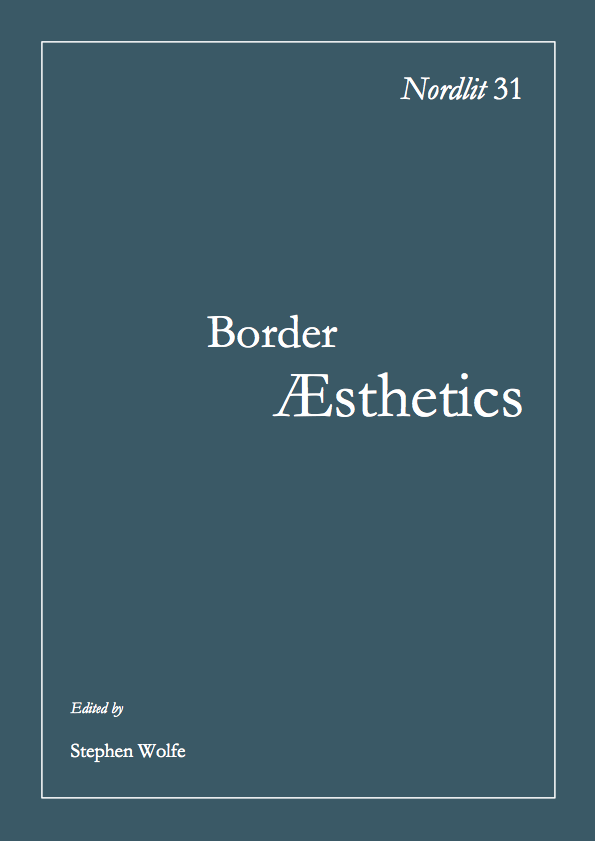Rasquache aesthetics in Alex Rivera’s “Why Cybraceros?”
DOI:
https://doi.org/10.7557/13.3053Keywords:
website, mockumentary, border, Alex Rivera, aesthetic practice, filmAbstract
This paper studies Rivera's 12-year-old spoof outsourcing website, with particular attention to the 4.5 minute 1997 video that served as its original point of departure (he is now best know for his 2008 feature film, "Sleep Dealer."). Rivera’s work in general involves a practice he calls a “rasquache aesthetic” of filmmaking. In a recent interview he defines this concept more precisely, commenting on how Latinos/as channel the creativity that responds to necessity, as people with limited resources turn to repurposing and recycling for their original work. In the hands of Latino/a artists associated with rasquachismo, like Guillermo Gómez Peña, Lalo Alcaraz and Coco Fusco, all of whom have influenced Rivera profoundly, this practice of collage becomes a conscious and conscientious cultural practice. In a parallel manner, in Rivera’s work, the tearing apart and rebuilding of cultural images adds texture and depth, and both his fiction and documentary films include stock footage, rough animation, public domain google map images, and a variety of other materials.









